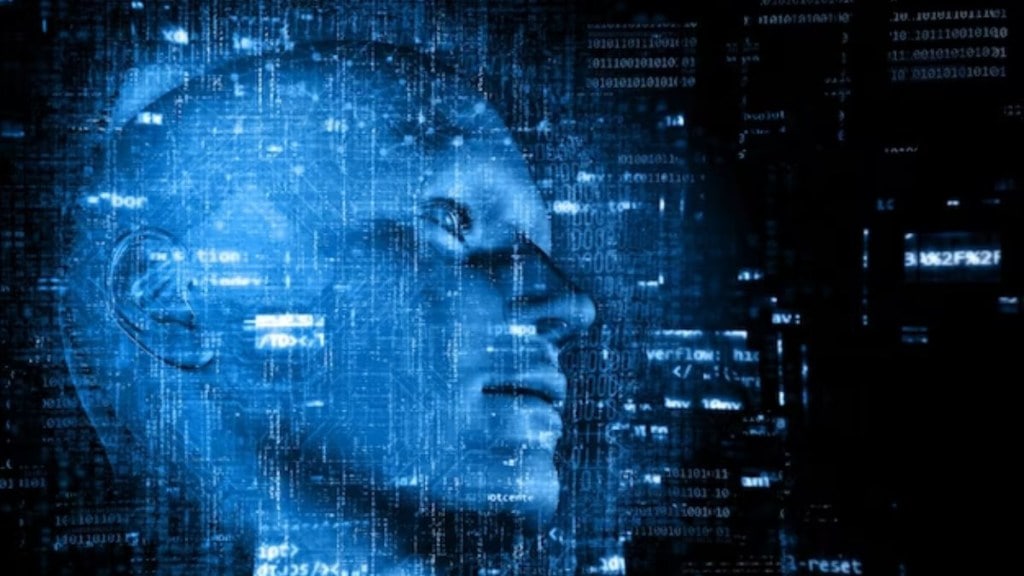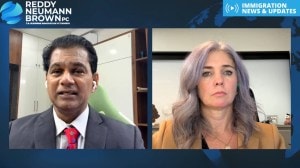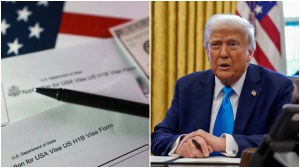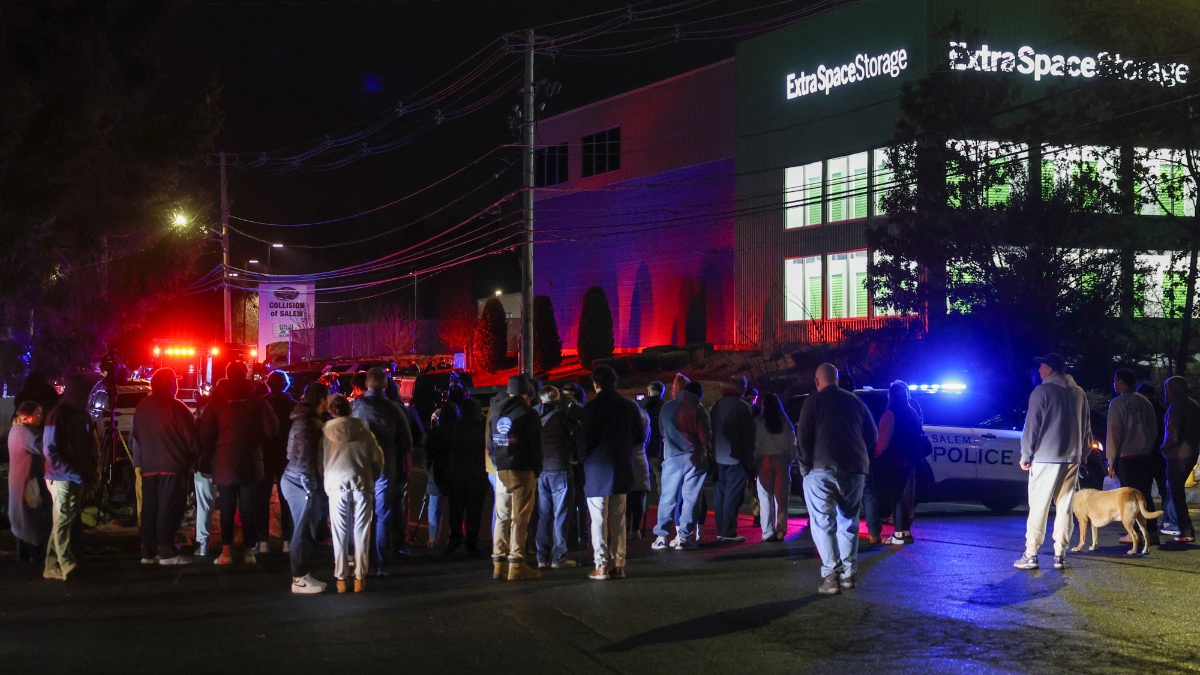It’s no secret that advanced technology is here to stay and shape our digital future. However, just like two sides of a coin, it can be channelled towards a direction which can be either good or bad. In that context, the technology which seems to carry uncertainties in its usage and is being talked about are deepfakes. From what it’s understood, deepfakes refer to inauthentic content, in which things present get added artificially. “Deepfake technology is an artificial intelligence-driven technique that fabricates convincing yet synthetic content, such as audio, video, or text. As it evolves, concerns about its misuse, particularly in the creation of misleading information or malicious impersonation should continue to grow,” Yasir Nazar, co-founder and CEO, Techno Companion, a software development company, told FE TransformX.
In-depth understanding!
As the name suggests, the technology is an amalgamation of the terms ‘deep learning’ and ‘fake’. In the deepfake landscape, there is believed to be two algorithms in motion, namely generator and discriminator. It’s believed that the generator is tasked with the responsibility of developing falsified digital content and the discriminator makes sure whether the content has any errors or not. Upon receiving feedback from the discriminator, the generator carries out the conveyed data for its making its next set of deepfakes. These two algorithms together give birth to the generative adversarial network (GAN), which refers to a generative AI-based machine learning (ML) structure.
Going by market experts, deepfakes’ use cases pertain to the entertainment industry. The main aim behind deepfakes’ utilisation is to attract a specific audience for trusting on something that didn’t take place. Seemingly, there are various ways of making deepfakes, which include audio deepfakes, source video deepfakes, high-performance computing, autoencoders, natural language processing, among others. Based on data provided by US Department of Homeland Security’s “Increasing Threat of Deepfake Identities” report, applications can be used to develop deepfakes within seconds, namely FaceApp, Wombo, Zao, FaceMagic, MyHeritage, among others.
“I believe there are productive implications of deepfakes. If put to the right use, this technology can prove to be a gamechanger in the realms of filmmaking, education, and virtual reality. Deepfakes, however, can be misused since there are no legal rules surrounding it. From facilitating spear phishing to manipulating biometric systems and meddling with election propaganda through circulation of fake videos, this technology can impose threats to the privacy of individuals and organisations,” Delphin Varghese, co-founder and chief business officer, AdCounty Media, a digital marketing agency, stated.
Why in the spotlight?
According to DeepMedia (Reuters), a global news agency, in 2023, roughly 500,000 voice and video deepfakes will flood the Internet globally. Numbers provided by Deeptrace, an artificial intelligence (AI)-based anti-fraud platform, showed that the total count of deepfake videos on the Internet witnessed an increase by two times since 2018, which took the sum total to 14,678 videos in 2021. As per CSO Online, a management-focused content platform, there was an 84% rise in development of deepfake creation models during the 2019-20 period.
In recent developments, we saw India being at the receiving end of many deepfake videos. For example, Indian actor Rashmika Mandanna was at the receiving end of a deepfake video, in which the person’s face was subjected to an AI edit to put Mandanna’s on it. Post that update, actor Kajol was at the receiving end of a deepfake video, which became viral on social media. Due to an upward trend in deepfakes, technology companies such as Microsoft, Facebook and Google have reportedly made investments in tools to scrutinise deepfake content. However, market experts believe that deepfake technology can also be directed in the right direction as we saw in the Star Wars franchise, where the technology was utilised to portray characters during their youth or to replace those who had passed away.
Overall, global platforms have upheld the need to keep deepfake technology in check, on account of concerns belonging to social, political, and economic factors. Recently, Rajeev Chandrasekhar, Minister of State for Skill Development and Entrepreneurship and Electronics and Information Technology of India, spoke on the need for social media platforms to keep tabs on deepfake videos to prevent spreading of misinformation. It is believed that in the future there will arise a need for development of regulations to diminish concerns that can arise from platforms making use of virtual reality (VR) or deep learning to modify digital content. “I believe deepfakes and similar technologies will be mainstream and the ecosystem will develop technology to tag deepfake and AI-generated videos, as policy should be there to make it mandatory to declare if the content segment has deepfakes or generative AI,” Hariom Seth, founder, Tagglabs, a technology-based platform, concluded.









